Pre-radiosonde Aerological Observation
Early aerological observation
Early aerological observation involved meteorological monitoring at the summit of mountains such as Mt. Fuji and Mt. Tsukuba as an extension of ground-based activities.
Continuous observation began in 1902 on Mt. Tsukuba and in 1932 on Mt. Fuji. As radiosondes had not been developed when the Aerological Observatory was established in the 1920s, aerological observation for wind direction/speed was performed separately from that for atmospheric pressure, temperature and humidity.
Observation of atmospheric pressure, temperature and humidity
When the Aerological Observatory was established, temperature and humidity observation involved the use of sensors and magnetic recorders suspended from kytoons or kites. However, as such observation was limited to altitudes up to around 3 km, probing balloon observation was occasionally conducted from 1923 onward to obtain upper-air weather data.
Probing balloon observation involved the use of a free-floating hydrogen-filled balloon equipped with a parachute and a meteorograph to monitor pressure, temperature and humidity. When the balloon burst, the equipment gently parachuted down. The unit then had to be found to enable collection of its data, but locating it could be difficult and time-consuming. Although the observation data collected were useful in research on the structure of the upper atmosphere, this method did not allow real-time observation for weather forecasting.
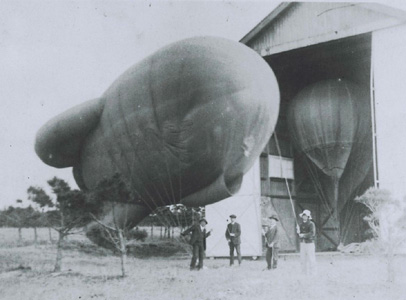
Observation kytoon
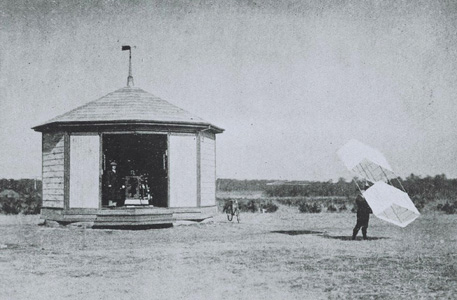
Observation kite
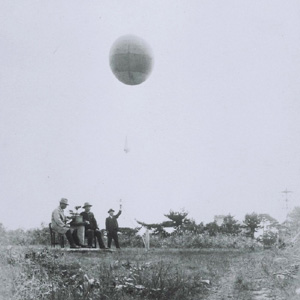
Observation probing balloon
Observation of upper-air wind
Observation of upper-air wind involved the tracking of a small hydrogen-filled balloon using an anemometric theodolite to determine its elevation and azimuth angles at regular intervals. This method was known as pilot balloon observation (or the abbreviated paiball in Japanese).
An anemometric theodolite is a measuring device consisting of a pedestal-mounted telescope that rotates vertically and horizontally. The elevation and azimuth angles of a balloon were determined by viewing it through the telescope.
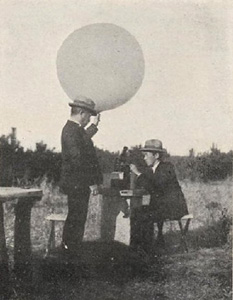
Observation pilot balloon
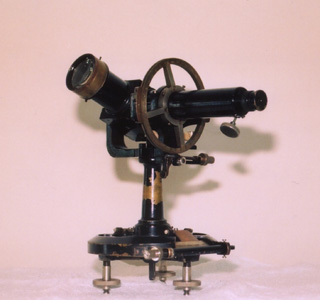
Anemometric theodolite (courtesy of the Meteorological Instrument Center)